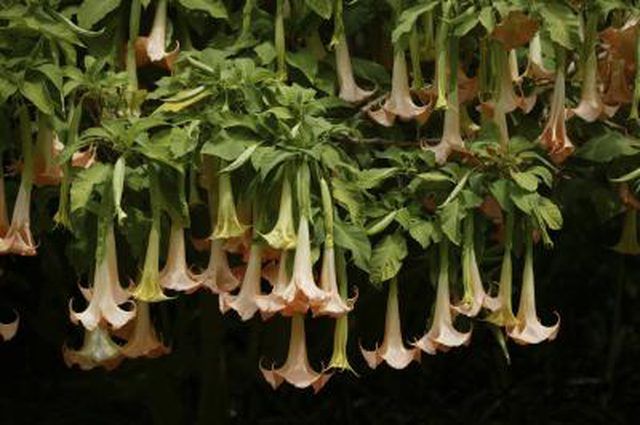Bulbs
Flower Basics
Flower Beds & Specialty Gardens
Flower Garden
Garden Furniture
Garden Gnomes
Garden Seeds
Garden Sheds
Garden Statues
Garden Tools & Supplies
Gardening Basics
Green & Organic
Groundcovers & Vines
Growing Annuals
Growing Basil
Growing Beans
Growing Berries
Growing Blueberries
Growing Cactus
Growing Corn
Growing Cotton
Growing Edibles
Growing Flowers
Growing Garlic
Growing Grapes
Growing Grass
Growing Herbs
Growing Jasmine
Growing Mint
Growing Mushrooms
Orchids
Growing Peanuts
Growing Perennials
Growing Plants
Growing Rosemary
Growing Roses
Growing Strawberries
Growing Sunflowers
Growing Thyme
Growing Tomatoes
Growing Tulips
Growing Vegetables
Herb Basics
Herb Garden
Indoor Growing
Landscaping Basics
Landscaping Patios
Landscaping Plants
Landscaping Shrubs
Landscaping Trees
Landscaping Walks & Pathways
Lawn Basics
Lawn Maintenance
Lawn Mowers
Lawn Ornaments
Lawn Planting
Lawn Tools
Outdoor Growing
Overall Landscape Planning
Pests, Weeds & Problems
Plant Basics
Rock Garden
Rose Garden
Shrubs
Soil
Specialty Gardens
Trees
Vegetable Garden
Yard Maintenance
Care of Angel Trumpets
Care of Angel Trumpets. One summer evening saturated with angel trumpets' fragrance (Brugmansia spp.) may persuade you to give the South American natives a try. Perennials in U.S. Department of Agriculture plant hardiness zones 9 through 11, depending on variety, and container plants overwintered inside elsewhere, angel trumpets are as breathtaking...

One summer evening saturated with angel trumpets' fragrance (Brugmansia spp.) may persuade you to give the South American natives a try. Perennials in U.S. Department of Agriculture plant hardiness zones 9 through 11, depending on variety, and container plants overwintered inside elsewhere, angel trumpets are as breathtaking and dangerous as their Andes mountain habitats. All require similar care, and all have poisonous sap that can be deadly.
When to Water
Angel trumpets are thirsty plants. On the other hand, they don't do well with overly wet roots. To judge how much water is enough, check their soil or potting medium regularly and water only when it looks dry. Always use containers with drainage holes for potted plants, and water them until you see water coming out of their bases. Expect thirstier plants in hot, dry weaterh. If they’re wilting, they need water.
Feeding Frequency
Actively growing angel trumpets love a diet of water-soluble fertilizer -- slow-release formulas don't replenish soil nutrients quickly enough for them. Mix 1/2 teaspoon of 15-5-10 or 7-9-5 fertilizer in 1 gallon of water and apply it weekly to sustain a small plant. Larger plants may need fertilizer two to three times a week. If your angel trumpet's flower production tails off, try feeding it more frequently. Stop fertilizing in late September or frost may kill the tender new growth. You can also dose blooming angel trumpets once a month with a solution containing 1 tablespoon of Epsom salts in 1 gallon of water.
Proper Pruning
Prune after each flush of blooms to encourage the next, cutting each branch back to a joint where two new ones will replace it and bloom in about a month. If your plant spends winters indoors, prune it again fall, leaving from 6 to 10 nodes on each branch for future flowers. Trim dead, damaged or uneven branches at any time, never taking more than one-third of the plant. Use clean, sharp tools disinfected between cuts in a solution of 1 part household bleach to 9 parts water. Limit your exposure to the toxic sap with waterproof gloves and protective clothing, and dispose of the debris responsibly. All parts of the plant are toxic.
Potential Problems
If frost is on the way, water your angel trumpets and cover them with bed sheets overnight, or move container plants beneath some eaves if you can't bring them indoors. Disease only bothers angel trumpets in excessively cool, humid environments. Angel trumpets do attract pests. Check frequently for web-spinning spider mites, sap-sucking aphids, mealybugs and whiteflies or night-feeding snails, slugs and caterpillars. Manage the mites and sap-sucking insects by spraying the plants on a cloudy day with ready-to-use insecticidal soap. Coat all the leaf surfaces, especially the undersides of the leaves, to the dripping point. Treat weekly, or at the label's specified interval, until the pests are gone. Remove the nighttime invaders by hand and drown them in a bucket of soapy water.